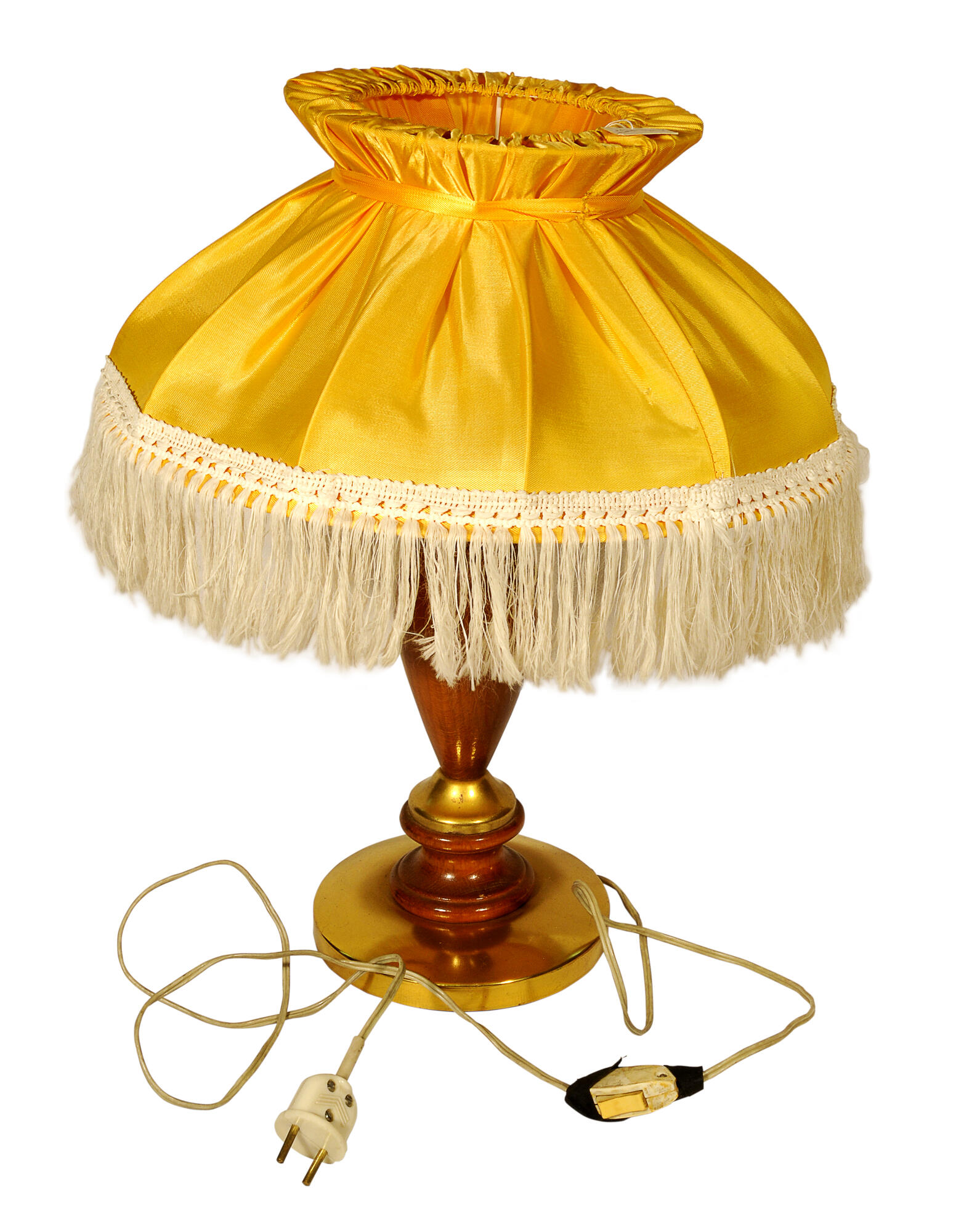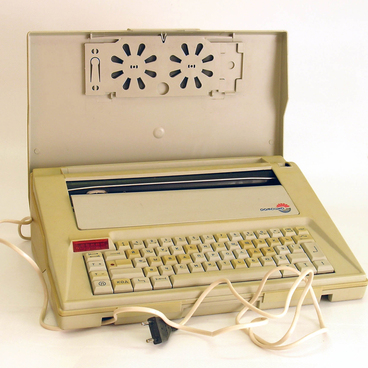In the pre-electric era, houses were lit with candles in the evenings. Special metal caps were invented to dim the light or extinguish candles. In the 19th century, kerosene lamps appeared, where the flame was protected by a glass cylinder and made it possible to attach the fuel supply.
In 1872, the Russian electrical engineer Alexander Lodygin invented the incandescent light bulb — a hermetically sealed glass bulb with a carbon stick clamped by two rods, which was patented in many countries. For several years, the invention was worked on by Lodygin himself, as well as Vasily Didrihson and Pavel Bulygin.
In 1879, Thomas Edison received a patent for an electric light bulb, which was invalidated later. But his company General Electric managed to establish mass production of lamps and bought a patent from Lodygin for lamps with incandescent filaments made of refractory metals in 1906.
For those new home lamps, it was necessary to adjust the degree of illumination. So, lampshades — caps or domes made of plain light fabric — were used for that purpose. They directed the flow of bright light downwards and therefore protected the eyes. At first, the lampshades were decorated with a simple fringe with short tassels. But the first third of the 20th century, dictated by Art Nouveau and Art Deco styles, made lampshades of table lamps and sconces increasingly complex in design and decor.
In the Soviet Union, with the beginning of electrification, “Ilyich light bulbs” appeared in every house, barracks and dormitory — this is how official propaganda named household incandescent bulbs. The bulb holder with no canopy was suspended from the ceiling by a wire, and the electrical wiring was attached to the walls. Often, such light bulbs had homemade lampshades made of newspaper, gauze, or kitchen graters connected to each other.
In the era of the New Economic Policy (NEP), fabric lampshades became fashionable again. In the 1930s, there were three options even for table lamps in the strict People’s Commissariat offices: completely made of metal, with a glass insert on the rim or with silk drapery instead. Fabric lampshades were popular until the late 1950s when they were replaced by plastic ones.
The museum houses Mikhail Kalashnikov’s favorite home lamp with a yellow fabric shade that gives a soft diffused light. Kalashnikov often stayed up late at calculations and drawings and worked by its light. There are several photos of Kalashnikov from the 1980s to the 1990s at his desk showing this lamp, standing next to a desktop sculpture of Sergey Kirov.
In 1872, the Russian electrical engineer Alexander Lodygin invented the incandescent light bulb — a hermetically sealed glass bulb with a carbon stick clamped by two rods, which was patented in many countries. For several years, the invention was worked on by Lodygin himself, as well as Vasily Didrihson and Pavel Bulygin.
In 1879, Thomas Edison received a patent for an electric light bulb, which was invalidated later. But his company General Electric managed to establish mass production of lamps and bought a patent from Lodygin for lamps with incandescent filaments made of refractory metals in 1906.
For those new home lamps, it was necessary to adjust the degree of illumination. So, lampshades — caps or domes made of plain light fabric — were used for that purpose. They directed the flow of bright light downwards and therefore protected the eyes. At first, the lampshades were decorated with a simple fringe with short tassels. But the first third of the 20th century, dictated by Art Nouveau and Art Deco styles, made lampshades of table lamps and sconces increasingly complex in design and decor.
In the Soviet Union, with the beginning of electrification, “Ilyich light bulbs” appeared in every house, barracks and dormitory — this is how official propaganda named household incandescent bulbs. The bulb holder with no canopy was suspended from the ceiling by a wire, and the electrical wiring was attached to the walls. Often, such light bulbs had homemade lampshades made of newspaper, gauze, or kitchen graters connected to each other.
In the era of the New Economic Policy (NEP), fabric lampshades became fashionable again. In the 1930s, there were three options even for table lamps in the strict People’s Commissariat offices: completely made of metal, with a glass insert on the rim or with silk drapery instead. Fabric lampshades were popular until the late 1950s when they were replaced by plastic ones.
The museum houses Mikhail Kalashnikov’s favorite home lamp with a yellow fabric shade that gives a soft diffused light. Kalashnikov often stayed up late at calculations and drawings and worked by its light. There are several photos of Kalashnikov from the 1980s to the 1990s at his desk showing this lamp, standing next to a desktop sculpture of Sergey Kirov.



